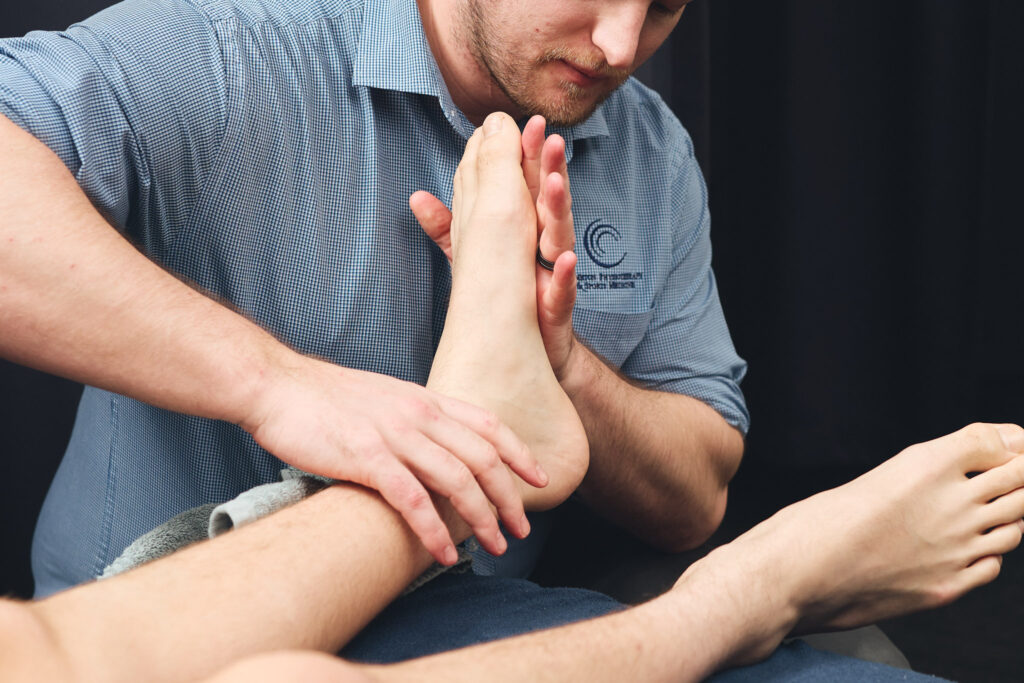Cricket

Finch (1998) stated that cricket injuries amongst adults (over 15 yrs) who presented to emergency departments in Australia accounted for 7.3% of all sporting injury cases. They rated cricket fifth in the number of sports related cases presenting to emergency departments.
Bowling Injuries
There has been shown to be a combination of factors that may predispose a bowler to injury including overuse (in terms of bowling volume), poor technique and poor physical preparation.
In Dennis (2003) it was also stated that a sudden escalation in workload should be avoided and training workload should be decreased in periods of high match bowling workload.
There has been shown to be a strong relationship between technique and the incidence of lumbar spine injury. The side-on technique is associated with the lowest incidence of injury as it reduces the degree of extension and lateral flexion of the lower back (McGrath and Finch, 1996). In the mixed action the bowler is front-on at the back foot impact and in an attempt to obtain a more side-on alignment for delivery the bowler counter rotates the shoulders to decrease his shoulder alignment at the front foot impact. This position causes increased lateral flexion and hyperextension of the spine and has been associated with more injuries in several studies (Foster et al, 1989; Elliott et al, 1992). The type of injuries seen include stress fractures, spondylolisthesis, spondyloses, pedicle sclerosis, pars defects and disc degeneration. Spin bowling produces more shoulder injuries (overuse tendinopathies ) and fast bowling causes more knee and ankle injuries (sprains and strains).
Batters, Fielders and Wicket Keepers
Batters, fielders and wicket keepers are most at risk from a direct blow injury. This type of injury occurs when a player is struck by the ball, collides with another player or crashes into the boundary fence. These players are exposed to balls travelling at high speeds (up to 150 km/hr) and are at risk from a misjudgement of the ball or unanticipated bounce.
Despite the availability of protective equipment for the head and face there are a significant number of head and eye injuries, 27% of direct blow injuries in adults (from the VISS data). Other frequently reported impact injuries are fractures of the open hands and toes and soft tissue injuries predominantly contusions to the upper arm, thigh, thorax, abdomen and testicles.
Other sports medicine and sports physiotherapy services we provide:
AFL
Ballet
Basketball
Cricket
Crossfit
Cycling
Golf
Football (Soccer)
Hockey
Rugby League
Surfing
Weight Lifting


